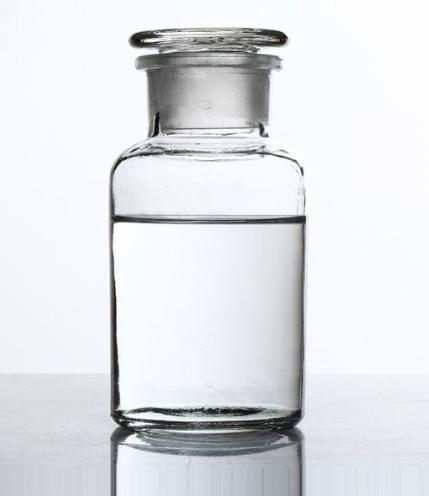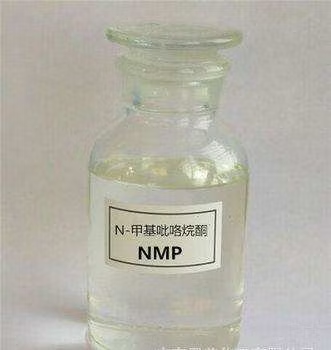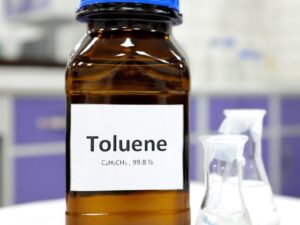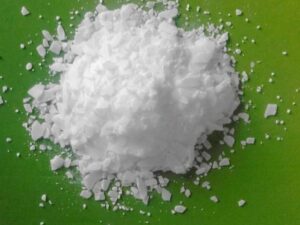Description
v
Okay, here’s an article about N-Methyl-2-pyrrolidone (NMP), covering its uses, properties, safety concerns, and potential alternatives.
N-Methyl-2-Pyrrolidone (NMP): A Versatile Solvent with Growing Scrutiny
N-Methyl-2-pyrrolidone (NMP) is a powerful and versatile solvent used in a wide range of industrial and commercial applications. Its excellent solvency, high boiling point, and relative stability have made it a popular choice for everything from paint stripping to electronics manufacturing. However, growing awareness of potential health and environmental concerns has led to increased scrutiny and the search for safer alternatives.
What is NMP?
NMP is a colorless organic liquid with a slight amine-like odor. It is a cyclic amide compound, meaning it contains a nitrogen atom within a ring structure. Its chemical formula is C5H9NO. It’s miscible with water and most common organic solvents, making it a highly adaptable solvent for various purposes.
Key Properties of NMP:
- High Solubility: NMP effectively dissolves a wide range of substances, including polymers, resins, paints, and adhesives.
- High Boiling Point: Its high boiling point (202°C) reduces evaporation, making it suitable for high-temperature processes and reducing solvent loss.
- Chemical Stability: NMP is relatively stable under a variety of conditions, contributing to its long shelf life and reliability in industrial applications.
- Low Vapor Pressure: This reduces the release of volatile organic compounds (VOCs) compared to some other solvents, contributing (in some contexts) to better air quality.
- Biodegradability (Limited): While not rapidly biodegradable, NMP can degrade under specific conditions, although this is a complex issue with varying opinions.
Common Applications of NMP:
NMP’s unique properties make it valuable in a vast array of industries:
- Paint Stripping: NMP is a key ingredient in many paint strippers, due to its ability to dissolve various coatings.
- Electronics Manufacturing: It’s used as a cleaning and degreasing agent in the production of semiconductors and printed circuit boards.
- Petrochemical Processing: NMP is employed in the extraction and purification of hydrocarbons.
- Pharmaceuticals: It serves as a solvent and reaction medium in the synthesis of various drugs.
- Agricultural Chemicals: NMP can function as a solvent for pesticides and herbicides, aiding in their formulation and application.
- Polymer Production: It’s utilized in the production and processing of various polymers, including plastics and synthetic fibers.
- Lithium-ion Battery Manufacturing: NMP is used to dissolve the PVDF binder used in electrode slurry preparation.
Health and Environmental Concerns:
Despite its versatility, NMP is facing increasing scrutiny due to potential health and environmental risks:
- Reproductive Toxicity: Studies have indicated potential reproductive and developmental toxicity associated with NMP exposure, raising concerns for pregnant women and those of childbearing age.
- Skin and Eye Irritation: Direct contact with NMP can cause irritation to the skin and eyes.
- Respiratory Irritation: Inhalation of NMP vapors may lead to respiratory irritation.
- Environmental Impact: While its biodegradability is debated, NMP can persist in the environment and potentially contaminate water sources. Wastewater treatment is necessary to remove this compound.
Regulatory Landscape:
Due to these concerns, regulatory bodies in various regions are imposing restrictions on NMP’s use. The European Union (EU) has classified NMP as a substance of very high concern (SVHC) and placed restrictions on its use in certain applications. Regulations in other countries are also evolving, prompting industries to explore safer alternatives.
The Search for Alternatives:
The push for safer alternatives to NMP is driving research and development in several directions:
- Bio-based Solvents: Solvents derived from renewable resources, such as vegetable oils and sugars, are gaining traction. Examples include dimethyl isosorbide (DMI) and ethyl lactate.
- Other Cyclic Amides: Other solvents with similar properties, such as N-Ethyl-2-pyrrolidone (NEP), are being investigated as potential replacements.
- Water-based Systems: Reformulating products to use water-based systems can eliminate the need for organic solvents altogether.
- Supercritical Fluids: Supercritical carbon dioxide (scCO2) is an environmentally friendly solvent that can be used in certain applications.
- Dimethyl Sulfoxide (DMSO): While it has different properties, DMSO is considered as other alternative in some cases.
Conclusion:
N-Methyl-2-pyrrolidone remains a widely used solvent thanks to its impressive solvency power and versatility. However, awareness of its potential health and environmental impacts is growing, leading to increased regulation and a strong emphasis on finding safer alternatives. As research continues and new technologies emerge, the future of NMP likely involves more restricted applications and a greater reliance on sustainable and less hazardous solvent options. It’s crucial for industries to stay informed about the latest regulations and actively explore alternative solutions to minimize risks and promote environmental responsibility.













Reviews
There are no reviews yet.